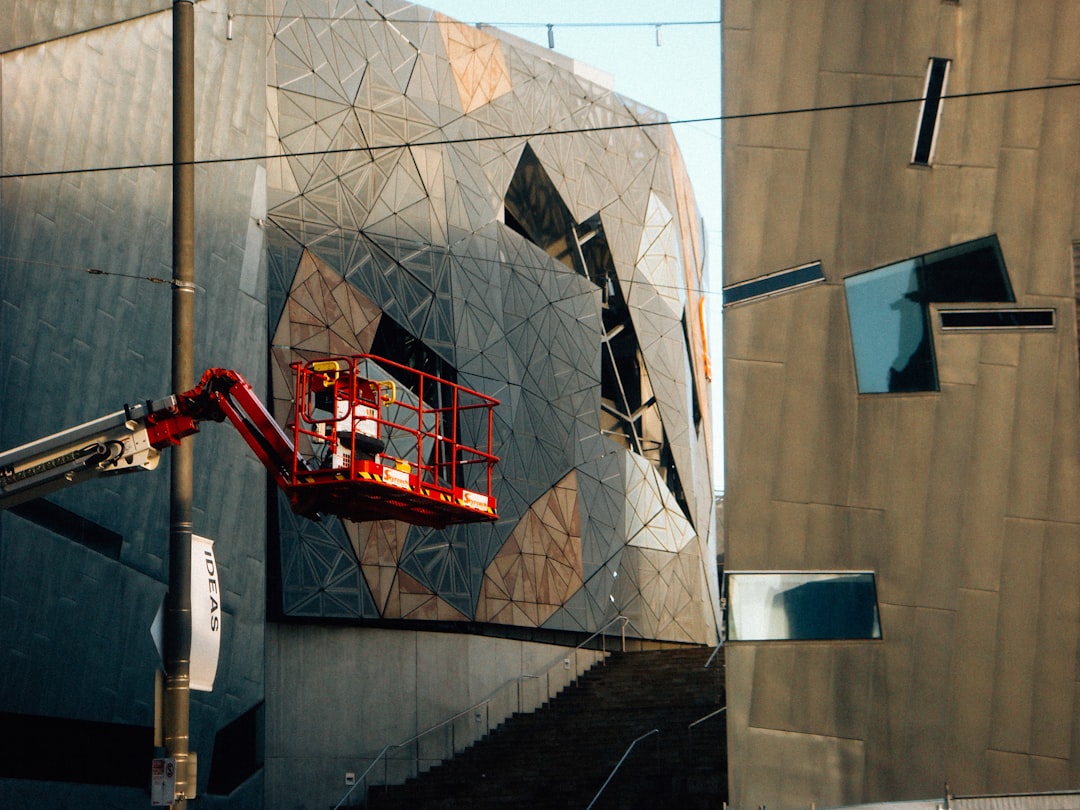The Growing Trend of Multi-Generational Homes
In recent years, there has been a noticeable shift in the way families choose to live together. The traditional model of a nuclear family living separately from their extended relatives is no longer the only option. Instead, a growing trend of multi-generational homes has emerged, whereby multiple generations of a family choose to live together under one roof. This trend seems to be driven by various factors and offers its own set of benefits.
One of the primary influences behind the rise of multi-generational homes is financial. With the cost of living continually on the rise, particularly in urban areas, many families are finding it challenging to afford their own separate homes. By pooling their resources and sharing the mortgage, utilities, and other expenses, multiple generations of a family can save money and live more comfortably. This can also provide added financial security and stability, especially for elderly parents or grandparents who may no longer be working.
Another reason behind the increasing popularity of multi-generational homes is cultural. In many cultures, it is considered customary for parents and grandparents to live with their adult children and grandchildren. This is seen as a way to uphold family values and provide a support system for each other. Additionally, having multiple generations living together can strengthen family bonds and foster a sense of unity and belonging.
Furthermore, multi-generational homes offer some practical benefits that can make daily life more manageable. With more adults in the household, the responsibilities of running a home can be shared, which can alleviate some of the burdens of housework and childcare. Additionally, having older family members present can provide support in raising children, passing down wisdom, and providing guidance and care. This intergenerational interaction can also provide a sense of purpose and fulfillment for both younger and older family members.
However, it is important to acknowledge that living in a multi-generational home also comes with its challenges. Each generation may have different needs, preferences, and routines that can sometimes clash. Personal space and privacy may also be compromised, and conflicts can arise. Effective communication and compromise are crucial to maintaining harmonious relationships and ensuring everyone’s needs are met.
As the cost of living continues to soar and family dynamics evolve, the trend of multi-generational homes is likely to continue growing. This arrangement allows families to adapt to changing circumstances, achieve financial security, and maintain strong intergenerational bonds. While it may not be for everyone, multi-generational living offers a valuable alternative to the traditional nuclear family structure. With proper planning and open communication, it can be a rewarding and fulfilling choice that provides a sense of belonging, support, and shared experiences for all family members involved.









